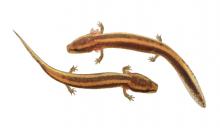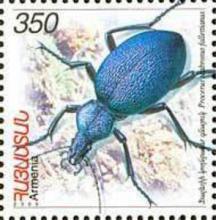Neonicotinoid insecticides may negatively affect bobwhite populations in Texas
The widespread use of neonicotinoid insecticides in recent years has led to increasing environmental concern, including impacts to avian populations. In Texas and across their range, Northern bobwhite (Colinus virginianus) habitat frequently overlaps cultivated cropland protected by neonicotinoids.










